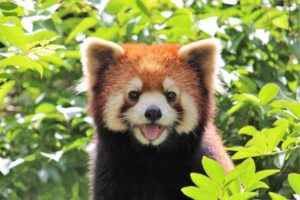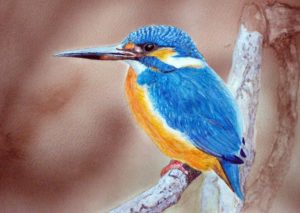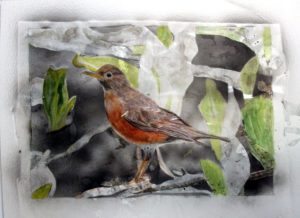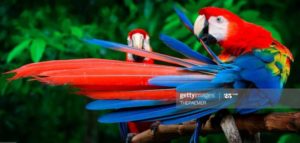How to Paint a Kingfisher with Watercolors/part 2
A kingfisher resting on the river surface.
川面で休憩中のカワセミです
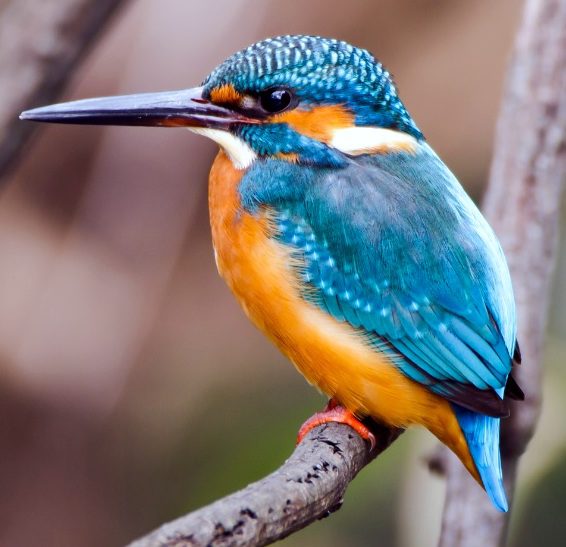
カワセミの写真を見ながら描いていきます。
I will draw while looking at a picture of a kingfisher.
First, lightly draw the outline of the kingfisher with a pencil.
まずはカワセミの輪郭を鉛筆で軽く描きます。
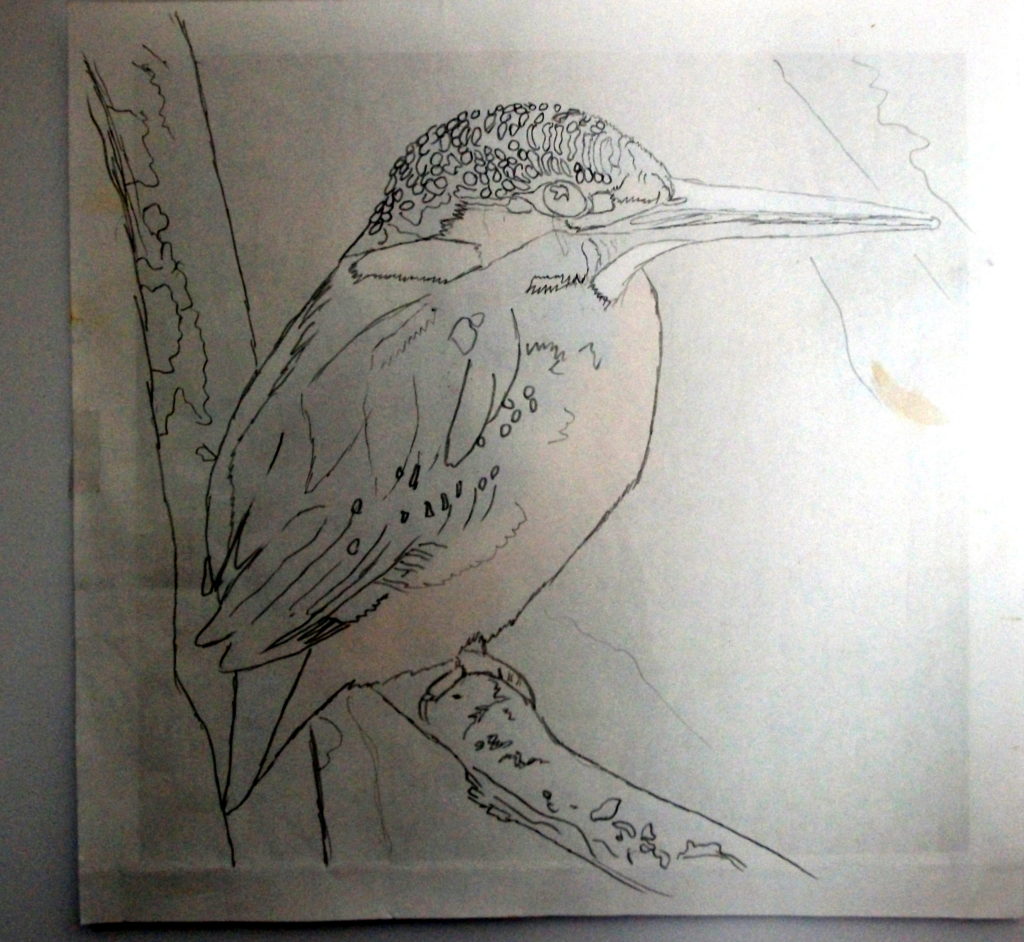
カワセミの全体の輪郭が分かればいいので軽く描くだけでいいと思います。
I think you just need to draw it lightly as you just need to get the general outline of the kingfisher.
Kingfisher undercoat
カワセミの下塗りです
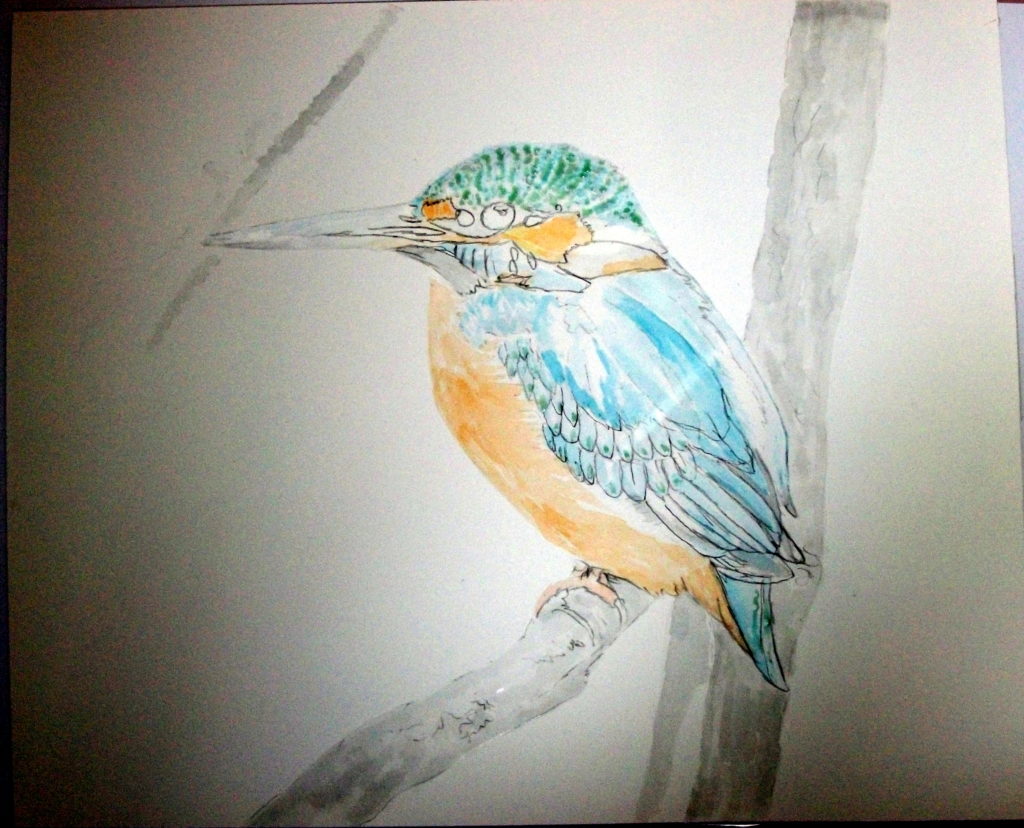
カワセミの全体の色はコバルトターコライトです。
おなかは、トランスペアレントオレンジです。
期は、ペインスグレーでうすく下塗りしました。
The overall color of Kingfisher is cobalt turcolite. The belly is transparent orange. For this period, I lightly undercoated it with Paince Gray.
Decoration on the back of a kingfisher
カワセミのバックの装飾です
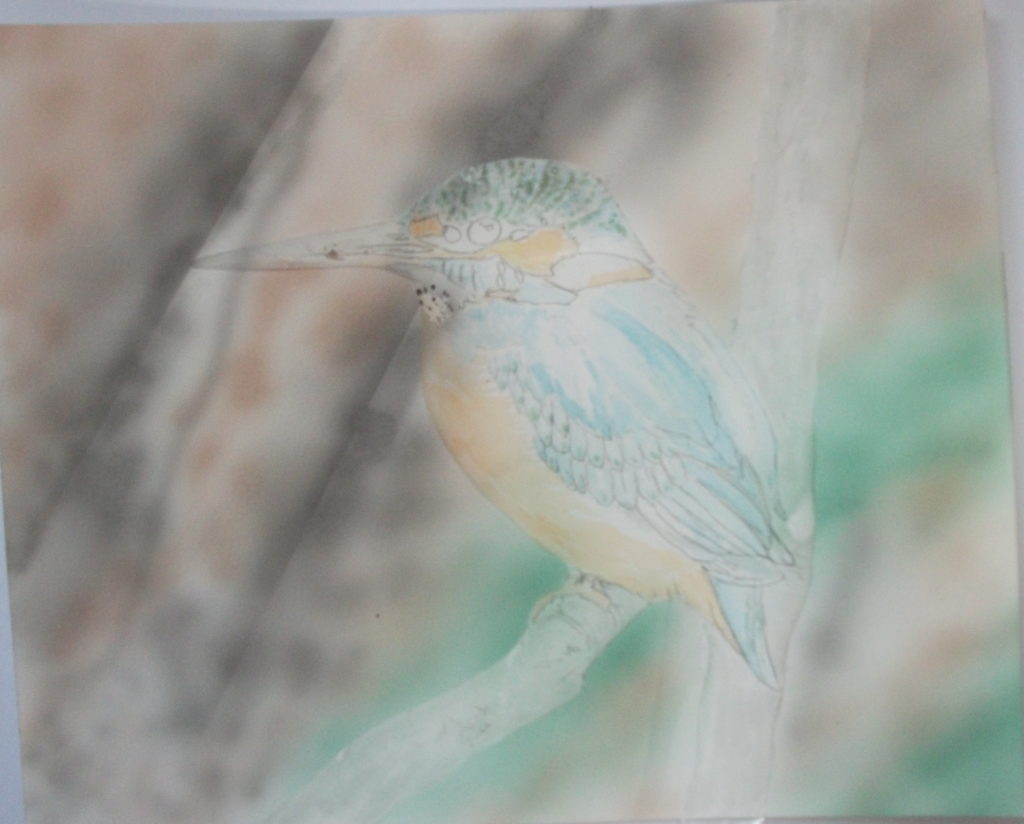
カワセミのバックは木と雑草をぼかしました。
カワセミを引き立たせるためにはザックリと自然に配色です。
Kingfisher background blurred trees and weeds. To make the kingfisher stand out, the color scheme is crisp and natural.
Kingfisher undercoat
カワセミの下塗りです
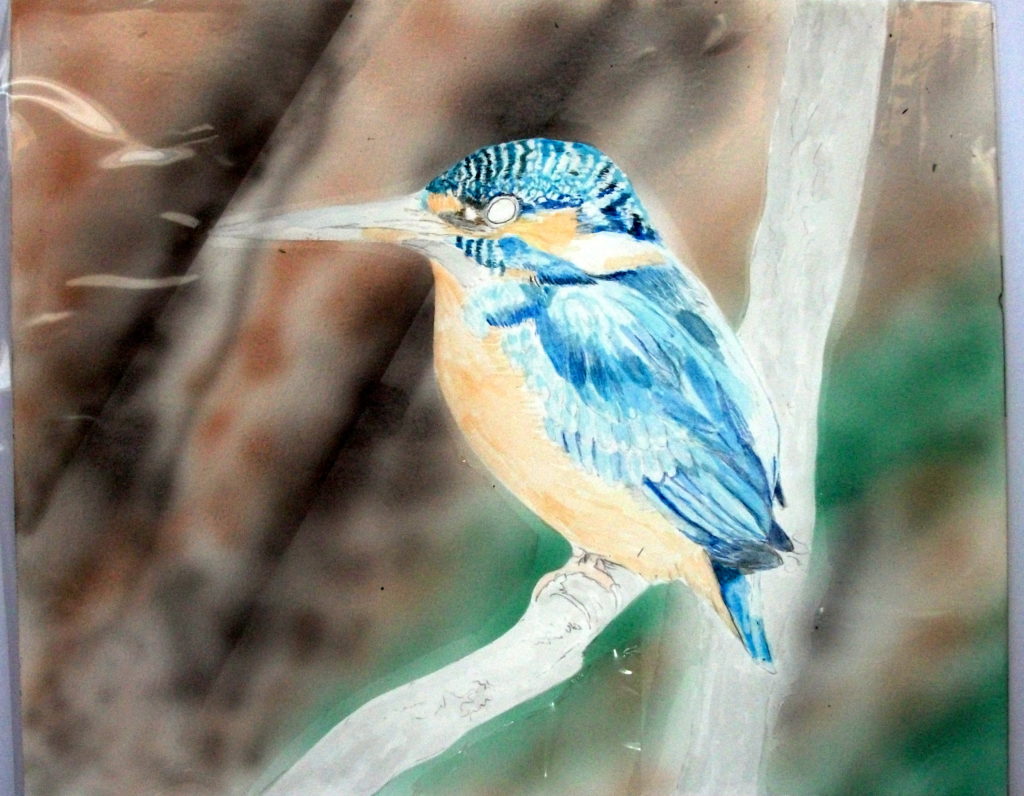
羽の濃い部分は、ウインザーブルーを薄く塗っていきます。
頭の部分はペインズグレーでまとめています。
For the darker parts of the feathers, apply a thin coat of Windsor Blue. The head part is done in Payne’s Gray.
This is a decoration for the eyes of a kingfisher.
カワセミのおめめの装飾です
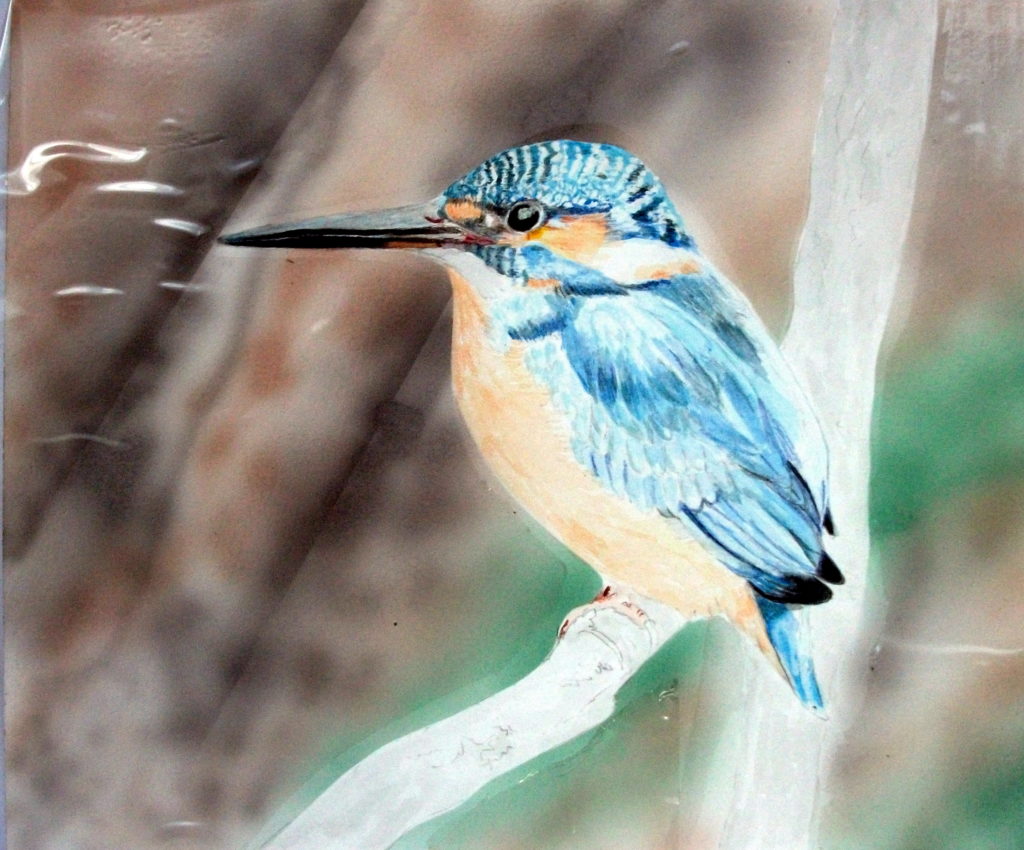
カワセミのくちばしはペインズクレーで塗りました。
お目目はペインズグレーにバーントシエンナ少々。
生き生きと表現
I painted the kingfisher’s beak with Payne’s Clay. The eyes are Payne’s Gray with a little bit of Burnt Sienna. Lively expression
Kingfisher head decoration
カワセミの頭の装飾です
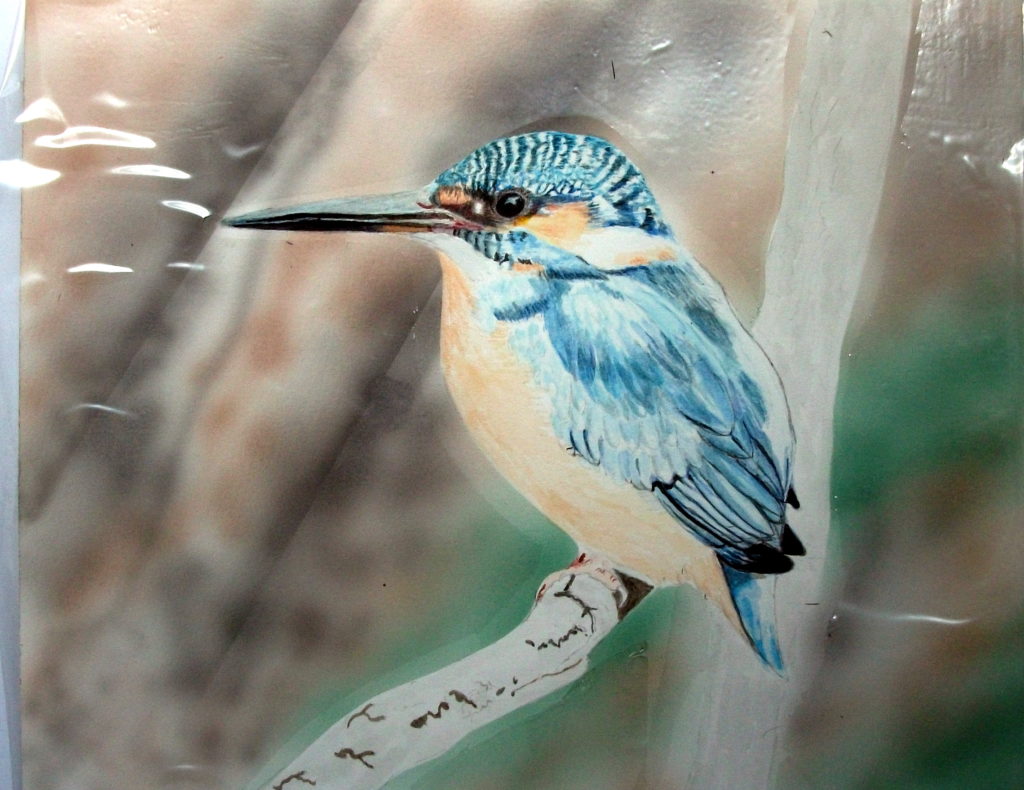
カワセミの頭はウインザーブルーでまとめてみました。
尾羽はペインズグレーで縁取りしました。
きのヒビはバーンシエンドです。
The kingfisher’s head is painted in Windsor blue. The tail feathers are edged with Payne’s Gray. The crack in the mushroom is Burnciendo.
decoration around the eyes
目目の周りの装飾
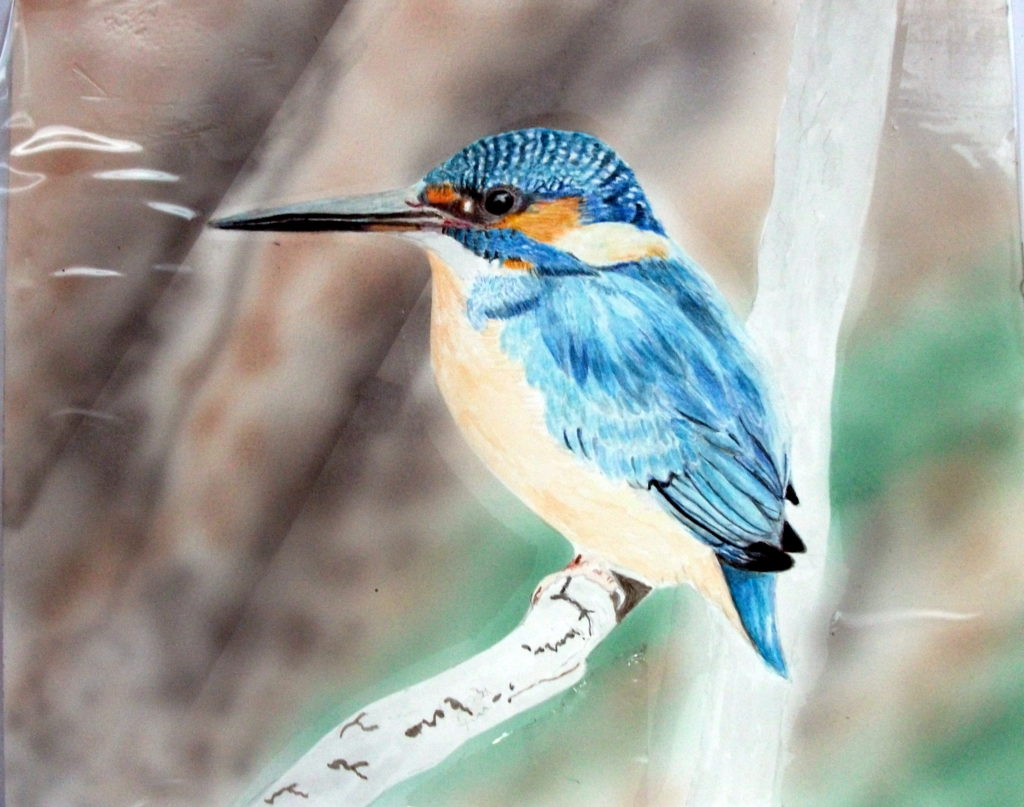
カワセミのほっぺはオレンジで仕上げました。
羽のふくらみはウインザーブルーで表現しました。
The kingfisher’s cheeks are finished with orange. The fullness of the wings is expressed in winder blue.
Decoration of a kingfisher perch
カワセミのとまり木の装飾

止まり木の装飾です。枯れ枝に止まって一休みするカワセミを表現しています。
It is a decoration of a perch. It depicts a kingfisher resting on a dead branch for a rest.
Finishing of the kingfisher watercolor painting.
カワセミ水彩画の仕上げ

カワセミのおなかの仕上げです、トランスペアレンオレンジで毛並。ポッペの羽のふあふあ感。バックの木の表げんに注力しました。
カワセミ(Kingfisher)は美しい鳥で、主に水辺の環境に生息し、主食として魚を捕食することで知られています。
- 鳴き声: カワセミは特に春や繁殖期になると、鳴き声を上げることがあります。その歌は地域によって異なり、美しい鳴き声を持つことが多いです。カワセミの鳴き声は水辺の音として知られ、鳴き声を聞くことで彼らの存在を感知することができます。
- 水辺の生息地: カワセミは主に川、湖、池、海岸線などの水辺の環境に生息します。これらの場所で魚を捕食し、巣を作ります。水辺に生息することで、魚や水生昆虫などを容易に捕食できるため、水辺の生活に適応しています。
- 魚の捕食: カワセミは主に魚を食べる肉食動物で、水中で獲物を捕まえるために非常に熟練した技術を持っています。彼らは高速で水中に潜り、魚を捉えることができる能力を持っており、その独自の捕食法で知られています。
- 高速な飛行: カワセミは空中で高速かつ機敏な飛行をすることができ、水面から突然飛び立ち、獲物を捉えるための急降下を行うことがあります。その俊敏な飛翔能力は、獲物を捕食するために重要です。
- 繁殖と巣づくり: カワセミは繁殖の際、巣を水辺に作ります。巣は土や砂で作られ、水面近くに取り付けられます。一般的に、カワセミは雌雄の両親が共同で巣立ちした雛を養育します。
The Kingfisher is a beautiful bird that lives primarily in aquatic environments and is known for its primary diet of fish.
Calls: Kingfishers can make calls, especially during spring and breeding season. Their songs vary depending on the region, and they often have beautiful calls. The calls of kingfishers are known as water sounds, and you can detect their presence by listening to their calls.
Aquatic Habitat: Kingfishers primarily live in aquatic environments such as rivers, lakes, ponds, and coastlines. They prey on fish and build nests in these areas. By living near water, they can easily prey on fish and aquatic insects, so they are adapted to life near water.
Fish predation: Kingfishers are carnivores that primarily eat fish and are highly skilled at catching prey underwater. They have the ability to dive underwater at high speeds and capture fish, and are known for their unique method of catching fish.
High-speed flight: Kingfishers are capable of fast and agile flight in the air, sometimes taking sudden flight out of the water and making steep dives to capture prey. Their agile flight ability is important for catching prey.
Breeding and nest building: When kingfishers breed, they build their nests near water. The nest is made of earth or sand and attached near the water surface. Generally, both male and female kingfishers work together to rear fledged young.


